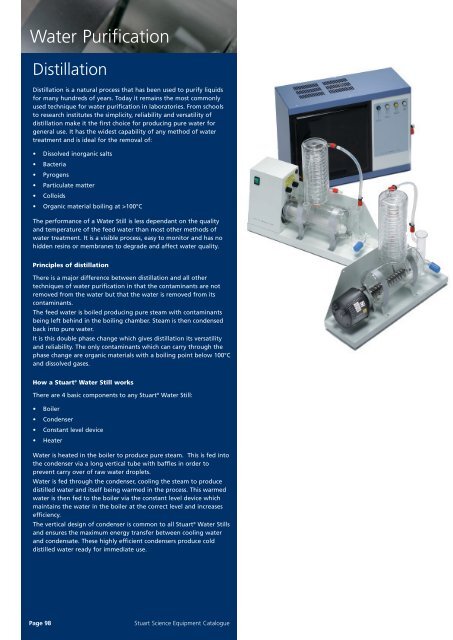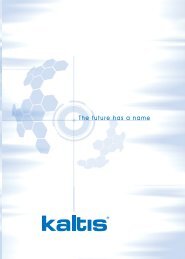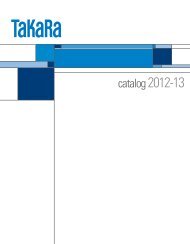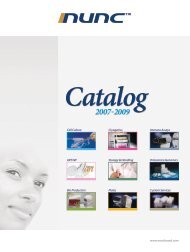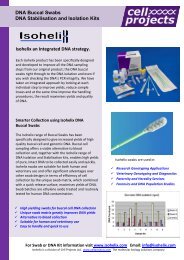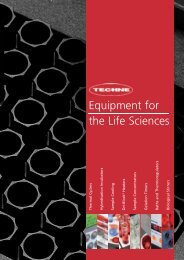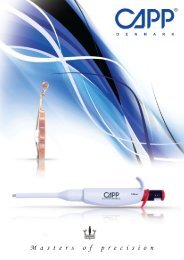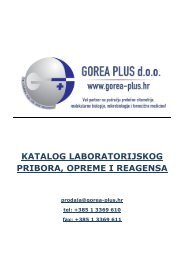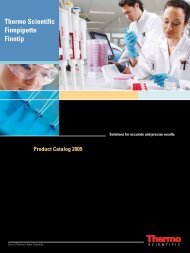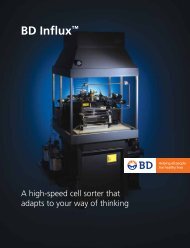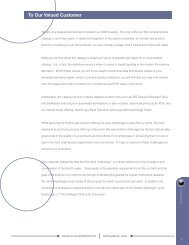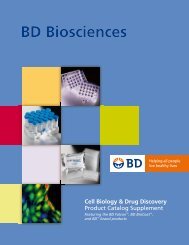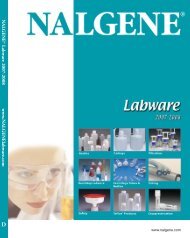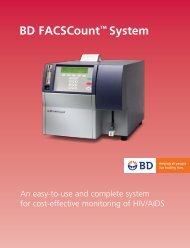Stuart Catalogue - Gorea plus doo
Stuart Catalogue - Gorea plus doo
Stuart Catalogue - Gorea plus doo
You also want an ePaper? Increase the reach of your titles
YUMPU automatically turns print PDFs into web optimized ePapers that Google loves.
Water Purification<br />
Distillation<br />
Distillation is a natural process that has been used to purify liquids<br />
for many hundreds of years. Today it remains the most commonly<br />
used technique for water purification in laboratories. From schools<br />
to research institutes the simplicity, reliability and versatility of<br />
distillation make it the first choice for producing pure water for<br />
general use. It has the widest capability of any method of water<br />
treatment and is ideal for the removal of:<br />
• Dissolved inorganic salts<br />
• Bacteria<br />
• Pyrogens<br />
• Particulate matter<br />
• Colloids<br />
• Organic material boiling at >100°C<br />
The performance of a Water Still is less dependant on the quality<br />
and temperature of the feed water than most other methods of<br />
water treatment. It is a visible process, easy to monitor and has no<br />
hidden resins or membranes to degrade and affect water quality.<br />
Principles of distillation<br />
There is a major difference between distillation and all other<br />
techniques of water purification in that the contaminants are not<br />
removed from the water but that the water is removed from its<br />
contaminants.<br />
The feed water is boiled producing pure steam with contaminants<br />
being left behind in the boiling chamber. Steam is then condensed<br />
back into pure water.<br />
It is this double phase change which gives distillation its versatility<br />
and reliability. The only contaminants which can carry through the<br />
phase change are organic materials with a boiling point below 100°C<br />
and dissolved gases.<br />
How a <strong>Stuart</strong> ® Water Still works<br />
There are 4 basic components to any <strong>Stuart</strong> ® Water Still:<br />
• Boiler<br />
• Condenser<br />
• Constant level device<br />
• Heater<br />
Water is heated in the boiler to produce pure steam. This is fed into<br />
the condenser via a long vertical tube with baffles in order to<br />
prevent carry over of raw water droplets.<br />
Water is fed through the condenser, cooling the steam to produce<br />
distilled water and itself being warmed in the process. This warmed<br />
water is then fed to the boiler via the constant level device which<br />
maintains the water in the boiler at the correct level and increases<br />
efficiency.<br />
The vertical design of condenser is common to all <strong>Stuart</strong> ® Water Stills<br />
and ensures the maximum energy transfer between cooling water<br />
and condensate. These highly efficient condensers produce cold<br />
distilled water ready for immediate use.<br />
Page 98<br />
<strong>Stuart</strong> Science Equipment <strong>Catalogue</strong>


